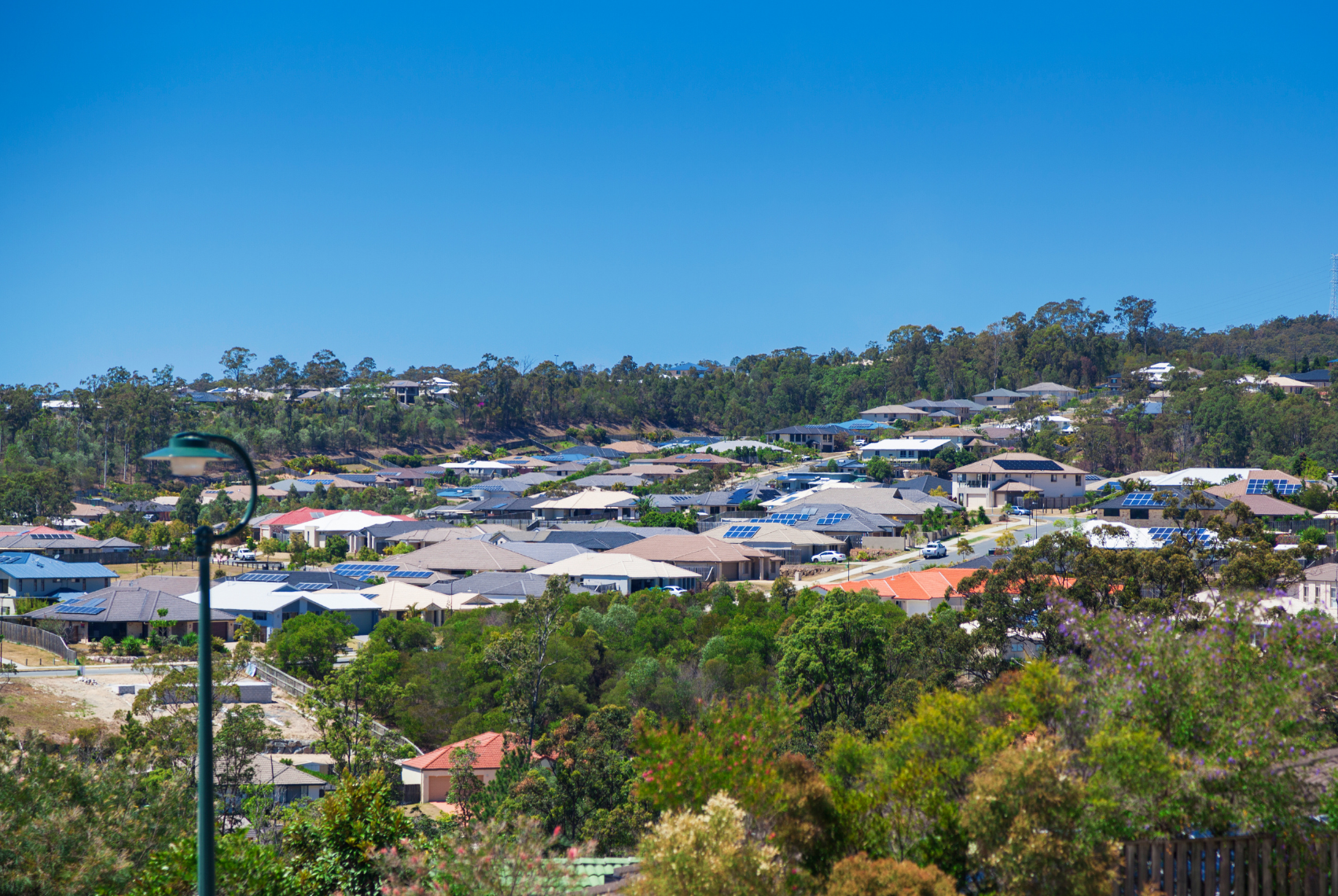
The early growth in the roof top PV market has gradually reduced with 2021 largely being flat across Queensland and Victoria. Early adopter states like South Australia are gradually declining due to early adopters reaching capacity. The growth in the early adopter segment is now replacement of existing systems with larger systems.
It is likely that the continued growth in states like Queensland are a result of COVID related home improvement plans funded by government financial stimulus.
Recent talk of a ‘sun tax’ has prompted people to install roof top PV before the changes occur while residents in SA would be concerned about installing a system that can be switched off when system conditions occur potentially leaving them exposed to high electricity cost. The other driver slowing the uptake of roof top PV is the lower feed in tariffs offered by retailers. The lower feed in tariffs do not make the installation of roof top PV as attractive and large-scale renewable energy should also bring down the retail cost of electricity.
With recent changes to the exchange rate the cost of imported panels will increase and as a result roof top installation will become more expensive. Higher installation costs and lower feed in tariff reduces the incentive for households to install solar.
As the number of installations drops, operational demand is less impacted during solar hours as consumption increases over time. Under the small-scale renewable energy scheme, liable entities are required to surrender the number of small-scale technology certificates (STCs) equal to that produced each year so as the number of certificates created each year increases the number of certificates they need to procure also increase. Any slowdown in the installation market may even reduce the percentage of certificates the liable entities need to surrender. STCs are likely to stay in their narrow trading range even if the number of certificates created each year fluctuates.
